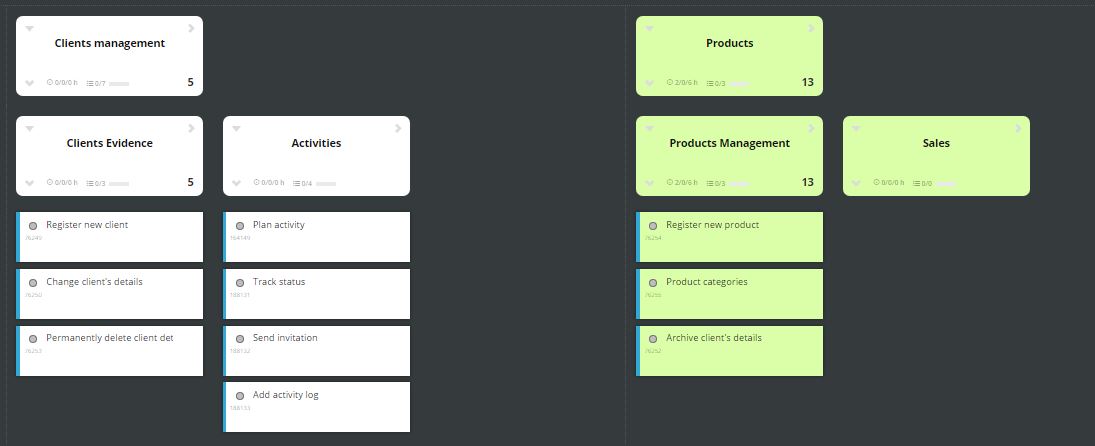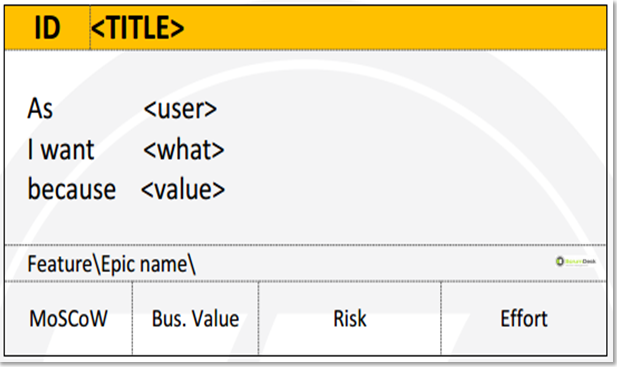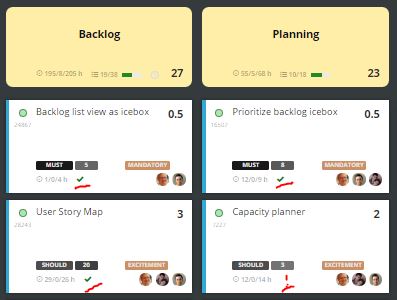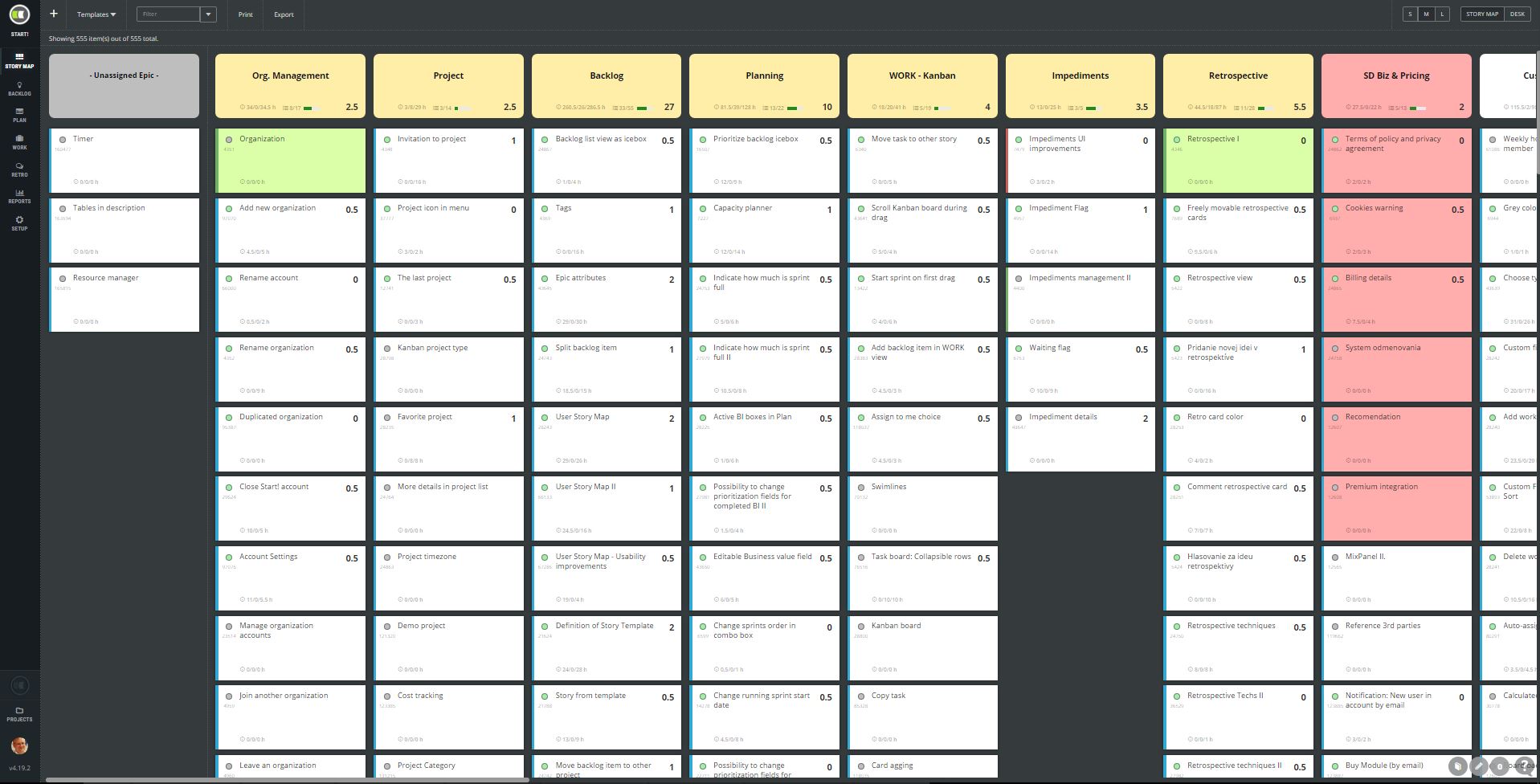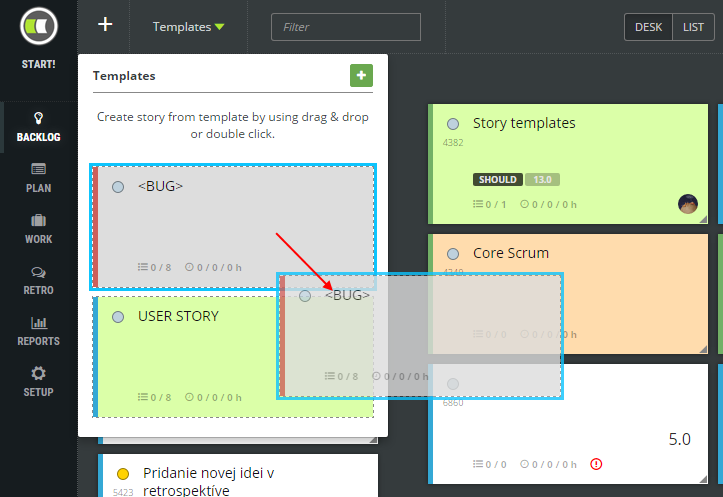How to split user stories? Part 2: By Operations
User stories splitting, working with epic, epic splitting into user stories. One great art. In the first part, we have shown you examples for splitting requirements into smaller ones by the process. Although this is the last division step for many Product Owners, this is not enough for a reasoned app. In this part, [...]


